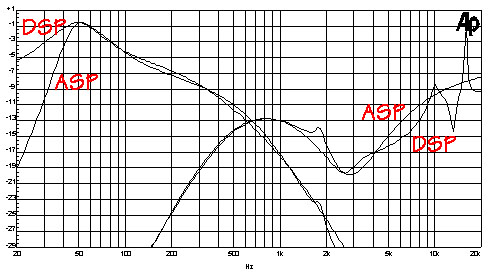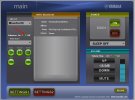I think Camilla only does PEQ/biquad and that's how those filters were created?
MiniDSP products have had sub/bass filter resolution problems for over a decade mostly because the hardware has limited processing power to resolve the quantity of filters needed and using biquads over PEQ is always recommend. For their hardware that can implement FIR they are very limited with the amount of taps available. In their own forums there are countless posts about sub bass optimization. I had a 4x10 in use for my active XO for nearly a decade and couldn't get the sub bass resolution I enjoy now using a computer.
The high frequency variations are interesting though. As mentioned, none of it should be audible. But perhaps adding in some PEQ like one would use for speaker/room correction could muddle things up even more.
Unfortunately, even software like Roon can mess things up as demonstrated here.
I'd like to see the same filter set created in rePhase and implemented as FIR as a further comparison to the above for the hardware that can handle it.
MiniDSP products have had sub/bass filter resolution problems for over a decade mostly because the hardware has limited processing power to resolve the quantity of filters needed and using biquads over PEQ is always recommend. For their hardware that can implement FIR they are very limited with the amount of taps available. In their own forums there are countless posts about sub bass optimization. I had a 4x10 in use for my active XO for nearly a decade and couldn't get the sub bass resolution I enjoy now using a computer.
The high frequency variations are interesting though. As mentioned, none of it should be audible. But perhaps adding in some PEQ like one would use for speaker/room correction could muddle things up even more.
Unfortunately, even software like Roon can mess things up as demonstrated here.
I'd like to see the same filter set created in rePhase and implemented as FIR as a further comparison to the above for the hardware that can handle it.





